‘Backpacking’ is one of the purest and most primitive ways to hunt, but you must go fully prepared! Pedro Ampuero offers tried & tested advice on what you should pack and how to get fit
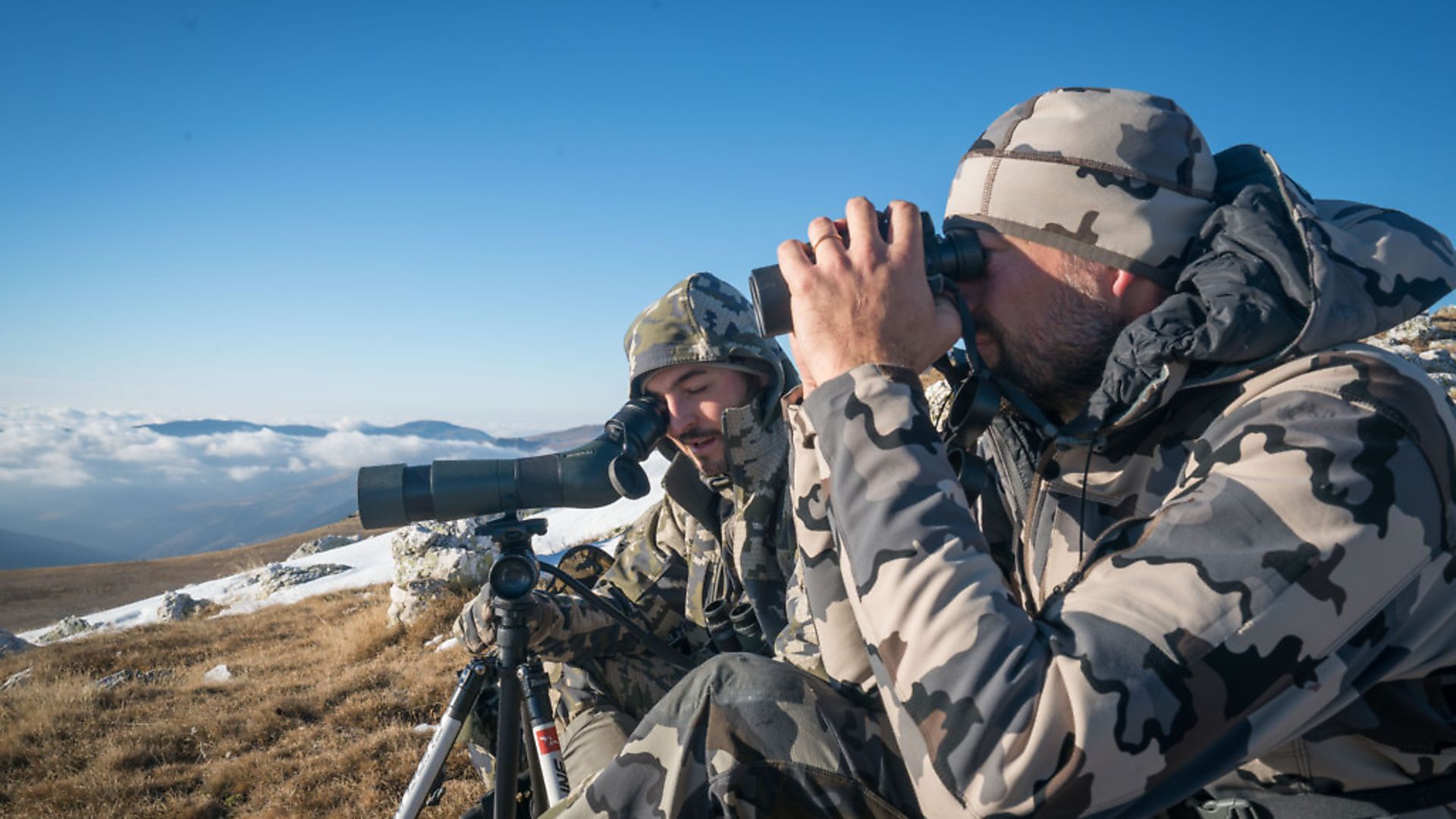 credit: Archant
credit: Archant
Backpacking’ is the term used for hunts when you spend more than a day out hunting without any type of vehicle assistance, living only from what you can carry in your backpack – this includes everything from your sleeping system to your food supply. It is definitely one of the purest ways to hunt; you are completely autonomous and self-sufficient, and your life depends on you and your equipment.
This type of hunting is very common in North America, but not so much in Europe since there is better access to the hunting grounds and there is usually shelter or a little town close by. Despite that, backpacking can force you to take a different approach to your hunting area, and in doing so can open up a wide range of possibilities.
Last year, in late November, we went to the French side of the Pyrenees mountains for a weekend, looking for chamois (also known as isard in that area). Weekends at that time of the year are really short since it gets dark so quickly. To reach the high area, where most of the chamois population lives, took a couple of hours’ hiking. Taking into account the fact that we had to work Friday morning and then spend another few hours driving to the hunting area, our Friday hunt was almost out of the question! But backpacking would allow us to hunt differently…
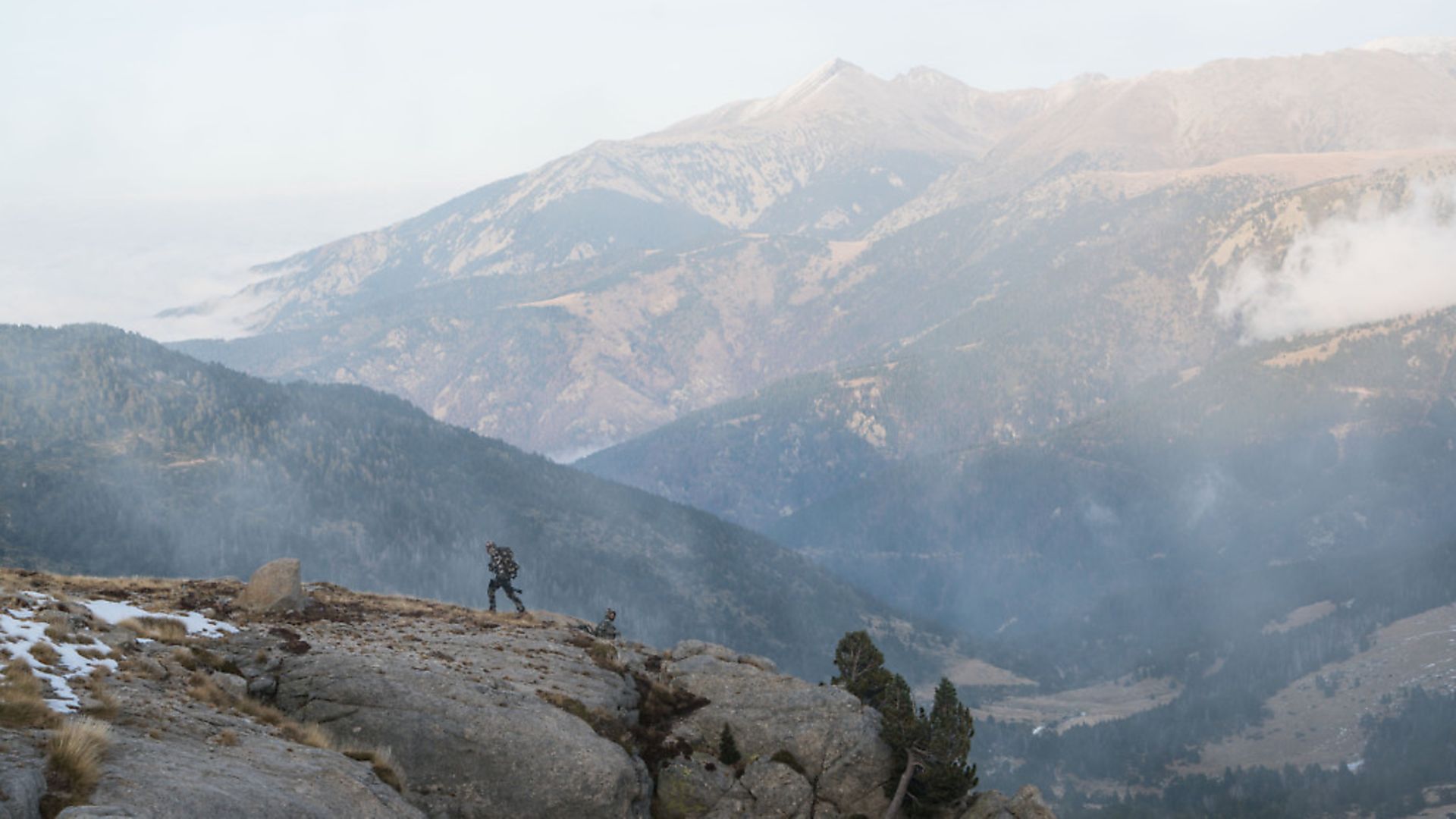 credit: Archant
credit: Archant
We arrived in the middle of Friday afternoon with only three hours of daylight left. We loaded up all the gear required for three days in the mountains and started our journey. Making camp at the top was going to allow us to hunt on our way to the summit, without having to worry about leaving time to get back down. Even though the hike up was tough (we were carrying 30kg of gear and equipment!), we didn’t have to worry about going up and down every day, saving us a lot of hiking. Once you have gained the altitude, you can hunt from the mountaintops without having to lose or gain a huge amount of elevation.
Not only that but – since you are sleeping at the top – you can be on the best hunting areas during the best hours of the day. Not only can you hunt comfortably until the last minute of the day, but you can also wake up already in the hunting area at first light. This provides a new perspective of the hunting grounds – usually you wouldn’t want to be up that high so early or late in the day, as most prefer some natural light for the descent. Expect to see game that you may have never seen before!
Backpacking for mountain game is the toughest and most physically demanding hunt you can go on, so a good training routine and proper equipment selection is critical for an enjoyable hunt. I have been lucky to be involved in a lot of different backpack hunts around the world, chasing sheep and ibex, among others. I would like to share my experiences and the lessons I’ve learned over the years, to help you when considering what to prepare for your next backpack hunt.
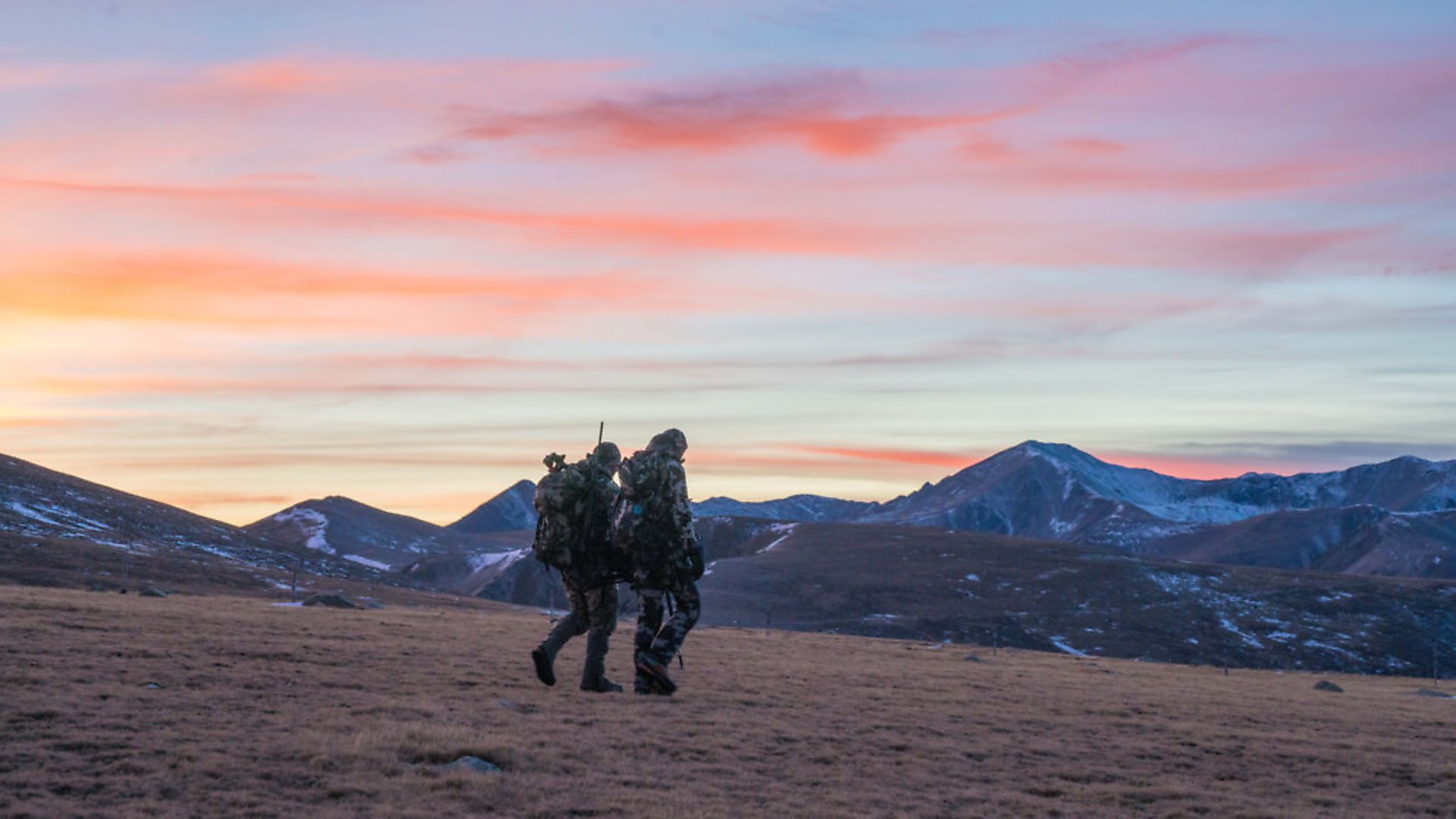 credit: Archant
credit: Archant
Physical Condition
It is the most demanding hunt you can go on, since you are loaded up all the time with really heavy weights. Your body needs to be trained for those extended periods spent hiking with heavy loads, and no matter how much you have trained, you will never be in good enough shape! I have analysed my training routines and results, and over the years have come up with the following ideas:
* BE CONSISTENT: It is much easier to keep yourself in decent shape by doing small amounts of exercise throughout the whole year than doing nothing during the winter when the weather is bad, and then trying to catch up as the summer approaches and get in shape one month before your hunt! It is easier said than done, but try to at least reserve a couple of days during the week to do something to maintain your shape. It doesn’t need to be anything extreme – sometimes a small hike on the weekend, some running, or playing a bit of soccer with friends is enough.
* TAKE A BREAK BEFORE THE HUNT: Leave at least a week or two with little to no training to let the body recover properly before a hunt. You want to be fully charged with energy, and not dragging a tired body from too much training.
* BREAK THE ROUTINE: Hunting is a sport that requires a bunch of different skills, so do lots of different sports/exercises. Try to work on different aspects of fitness by changing your routines. Work on your cardio, your strength, your endurance, your flexibility… everything plays an important role in the field. Have fun doing it and try to involve your friends, which will help you to be more consistent. Getting bored is one of the main excuses for not working out.
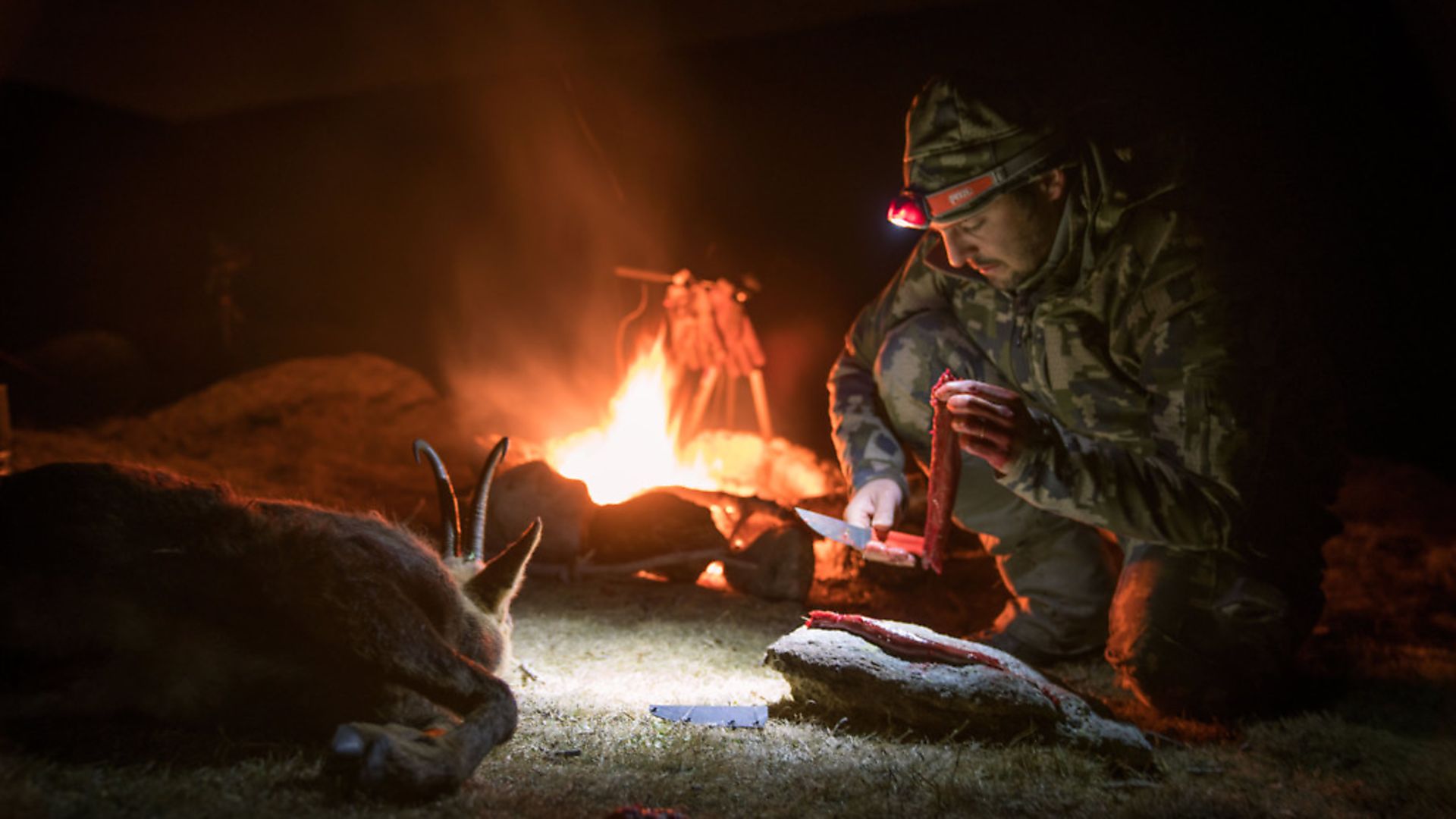 credit: Archant
credit: Archant
* RECOVER: Let your body recover after an intense workout. Doing more is not always better; allow your body some time to assimilate and improve for your next workout.
* STRENGTH & ENDURANCE: One of the typical choices for getting in shape is to start running. Cardio is important and it definitely helps to improve it, but it should only be a complementary exercise since it is not the main skill you need for mountain hunting, plus it is a very aggressive impact activity for your knees. Hunting typically involves more strength in your lower body and more overall endurance than cardio. Be sure not to skip long training sessions and strength conditioning for your legs – long sessions of walking can be more efficient than running, since a lower heart rate burns the fats you do not need.
* HIKE WITH A HEAVY PACK: The best training that you can do is mountain hiking with a heavy pack. Get your pack loaded with bottles of water; that way you can always empty the water on the summit and come down with a lighter load so your knees will not suffer so much. Start with 10kg/20lb, and build up to 50kg/100lb as you start to feel comfortable. Always train with your hunting boots and your hunting pack. Hiking with a pack works your body’s entire core because you walk on uneven terrain and the load pulls in every direction; you will gain balance and strength in your ankles, get used to your boots and pack… there are so many benefits. It is the best thing to do for sure!
* LONG-TERM GOALS: The last thing would be to make long-term goals and plan well in advance of any hunt. Things take time and there are no 30-day plans that actually work. The plan should be reasonable, so don’t set goals that are too high – make goals that you can achieve.
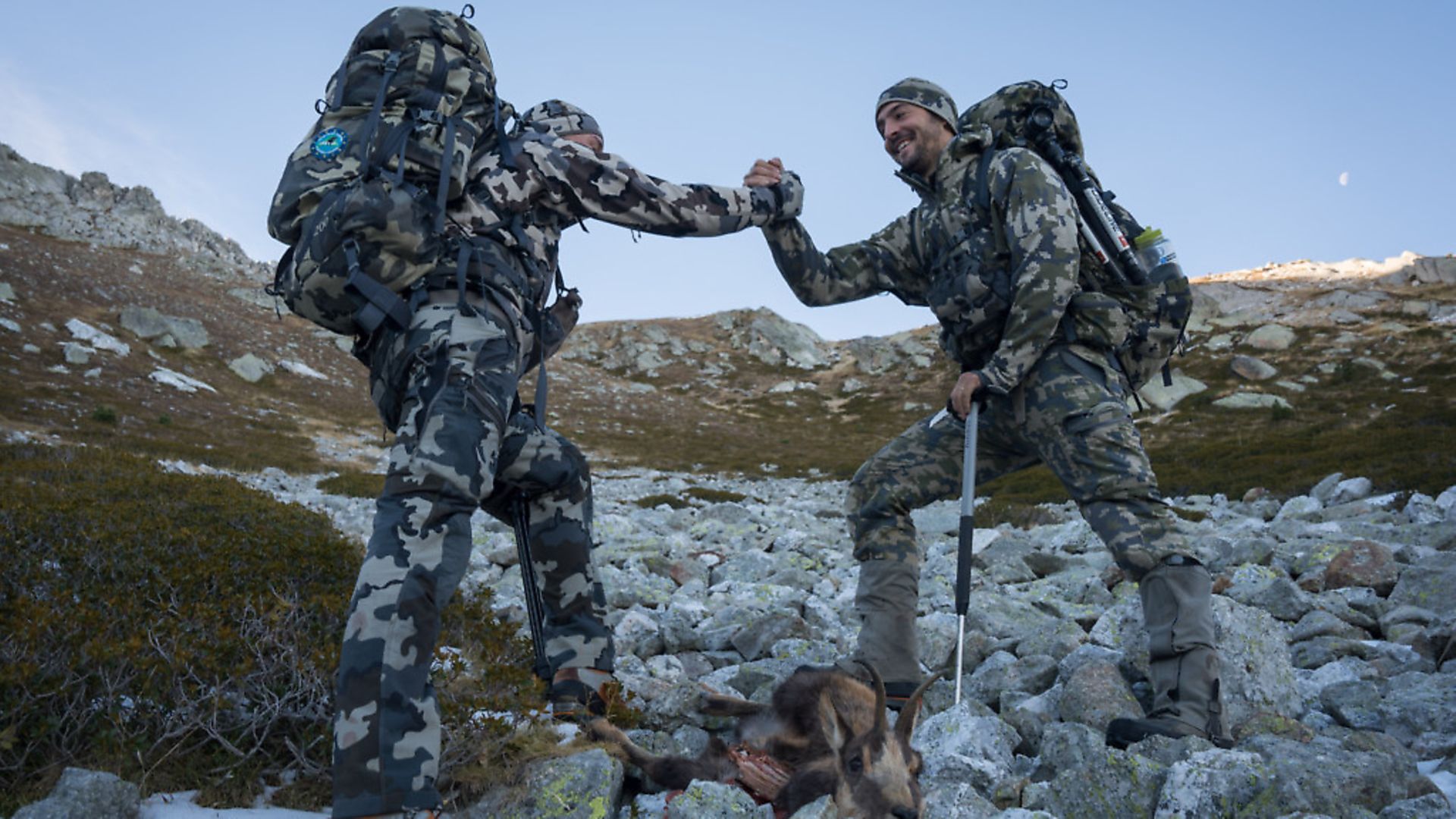 credit: Archant
credit: Archant
Equipment
Choosing the right equipment is critical for these kinds of hunt and will make a huge difference to your enjoyment. After trying most of the stuff on the market and making every possible mistake, here are some ideas to consider:
* Keep it simple: Only bring what is strictly necessary. It is very typical to fill the pack with lots of things that you don’t end up using. I typically remove from my pack the things I haven’t used in the last couple of hunts. Extra clothing should be good enough with an extra base layer and a pair of socks.
* CLOTHING: I changed a long time ago to a system using layers. It works well and allows you to adapt as the conditions change throughout the day. A layering system consists of five layers: a base layer against your body; a mid layer to build a thicker layer between the outer and the base; an outer layer to protect you from external elements such as the wind and light rain; an insulation layer to create the air chamber required to keep you warm; and a rain shell to protect you from the nastiest conditions you can encounter. These layers are really light and packable, and the performance of the technical materials used by some companies that specifically build gear for mountain hunts is amazing!
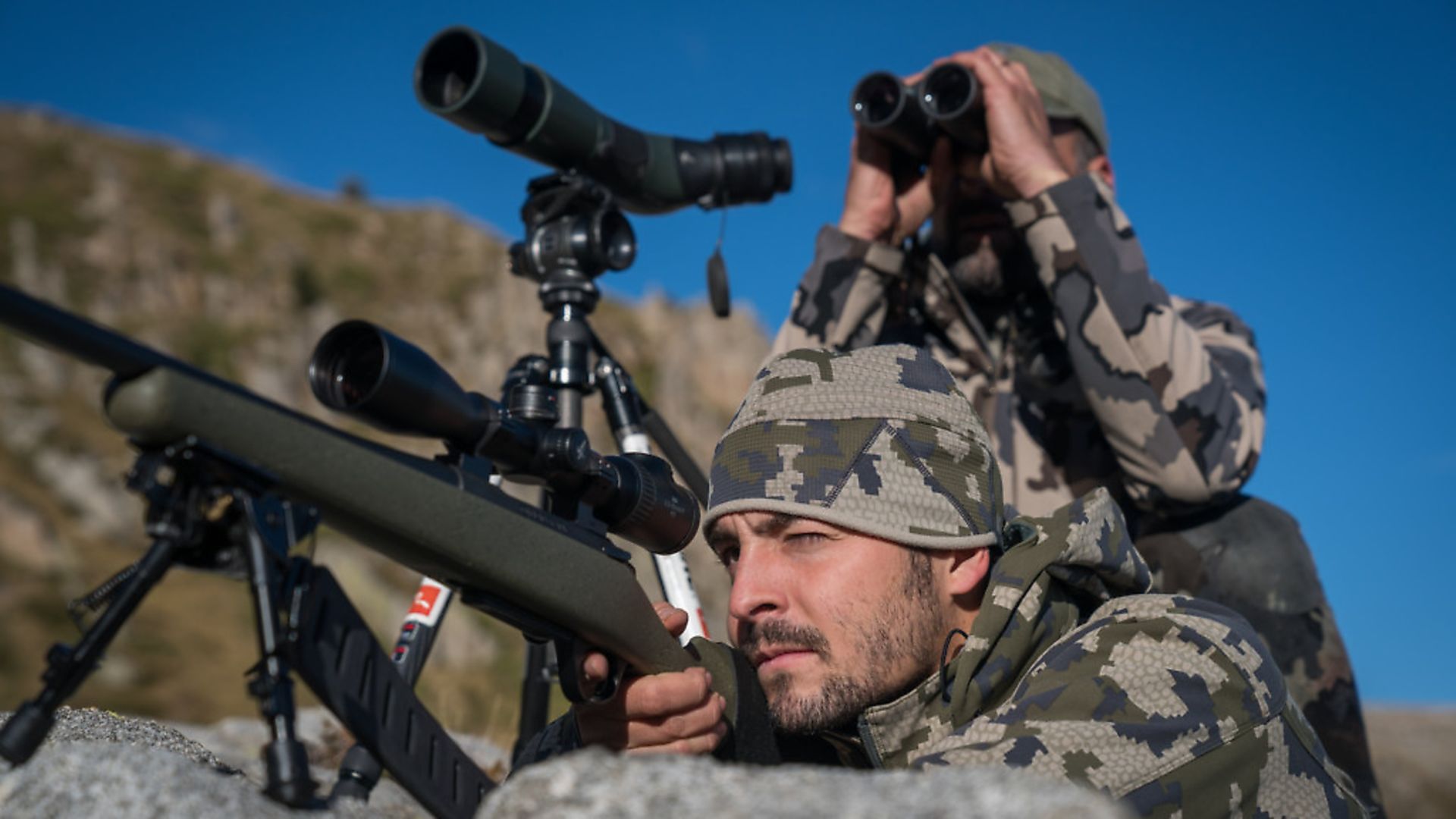 credit: Archant
credit: Archant
* ESSENTIALS: No matter how the weather looks or what time of the year it is, I always pack a rain gear set and an insulation set, for both the upper and lower body. In the case of an emergency, these two layers can save your life if bad weather comes or if you have to spend the night outside of the tent.
* FRAMED BACKPACK: Choosing your backpack is critical, and when you are moving heavy loads a framed backpack is a must. A frame can shift the whole weight of your backpack to your hip, so you will carry the load with your legs and not your shoulders, which would load up your whole body. Typically, the frames are made out of aluminum, which makes the packs pretty heavy, but some years ago the first carbon-frame backpacks were made. These packs weigh the same as normal frameless packs but have the capacity to carry incredibly heavy loads. Regarding size, for three- to 10-day hunts you will be looking at an 85-litre pack to fit your needs.
* FOOD: You shouldn’t take more than one kilogram of food per day, including breakfast, lunch and dinner. Focus on taking high-calorie meals based on fats, which will provide more long-term slow energy than high-sugar foods. A good rule of thumb is to allow yourself 4,000 calories per day. Divide the food by days and put it in ziplock bags to be sure you are only eating what you planned to each day.
* DIVIDE THE LOADS: If you are hunting with a friend or a guide be sure not to bring duplicate items. Share the load between you: one can carry the tent poles and the other can carry the tent fabric; one the stove for cooking and the other the gas; one the tripod and the other the spotting scope… Hunt smart!
* UTILITIES: Bring an emergency kit since anything can happen up there. A couple of headlamps in case one fails would be the only repeated item I take. A small saw and some firelighters can save your life.
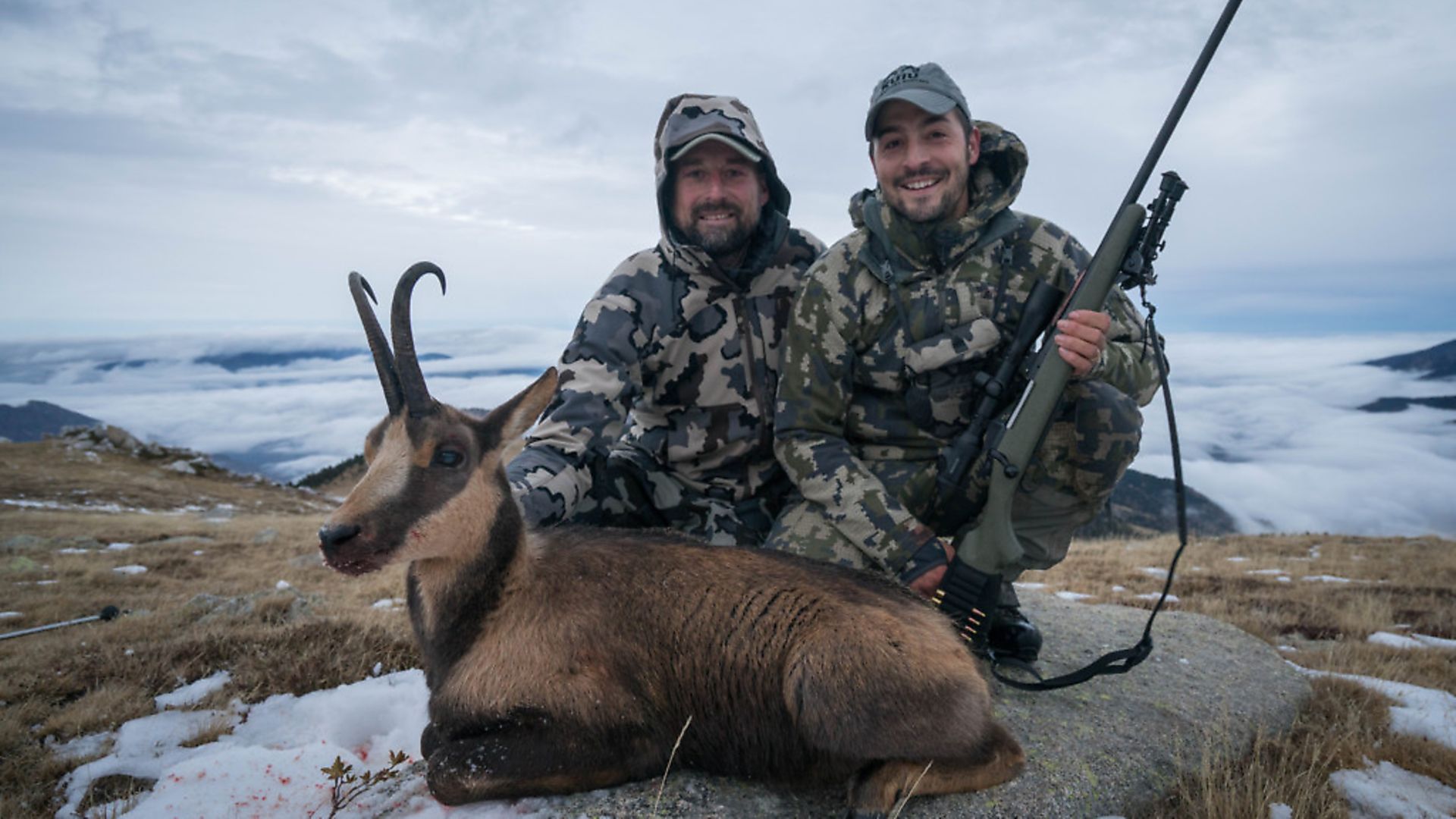 credit: Archant
credit: Archant
* OPTICS: Good optics are heavy, but they can save you a lot of walking. I always use 10x45 binoculars and a 65 spotting scope. Mountain hunting requires more patience than people think. Sit down and spend time behind your glass. By using a spotting scope you will be able to properly judge the animals without having to get any closer. Every pound of good optics is worth it.
We had the weekend of a lifetime hunting chamois in the Pyrenees. There is no better feeling than the freedom a backpack hunt provides. You can go anywhere, hunt without any plans and set up camp when you feel like it. You have all that you need with you, so there is no need to get back onto the same path that you came from. Sleeping under a sky full of stars and eating some fresh self-harvested meat over the fire is something that only hunters can understand.
This kind of hunt can only be done with friends, or with great professionals; sharing time inside the same tent when you are exhausted and surrounded by bad weather brings the worst out in people. I cannot think of a better person than my friend and hunting guide, Jordi Figarolas from Aventure Boreale. We ended up shooting a gorgeous buck and an old doe over the weekend. Both animals were shot in the last 15 minutes of daylight, which made all the adventure worth it. The two animals that we shot had never been seen before, so it was a really good surprise for everyone.
You don’t have to travel far from home to find the adventure you are looking for. Get out there, interact with nature and live the outdoors. Best of luck in your next hunt – be prepared and stay safe!
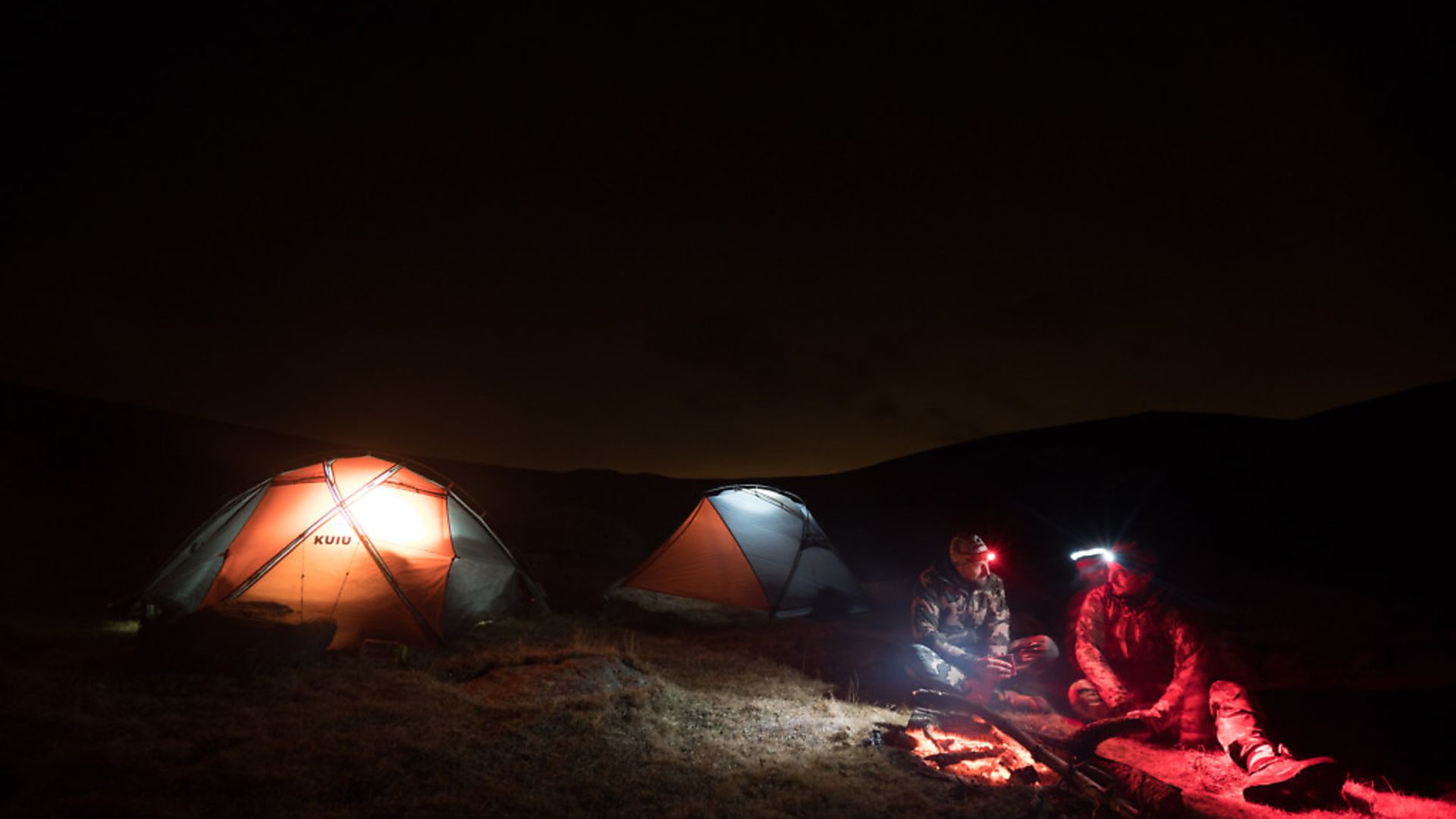 credit: Archant
credit: Archant
Pedro’s kit and what it weighs...
BACKPACK ITEMS AND WEIGHT
* Backpack, Carbon Frame KUIU Icon Pro 5200 (85liters) – 2.5kg
* Sleeping bag, KUIU Superdown -10ºC – 0.75kg
* Sleeping pad, Thermarest Neon Air Xlite – 0.35kg
* Tent, KUIU Mountain Star 2P – 1.4kg
* Headlamps (x2), Fenix and Petzl – 0.25kg
* Food for two days - 2kg
* Water bottle 1 Litre – 1kg
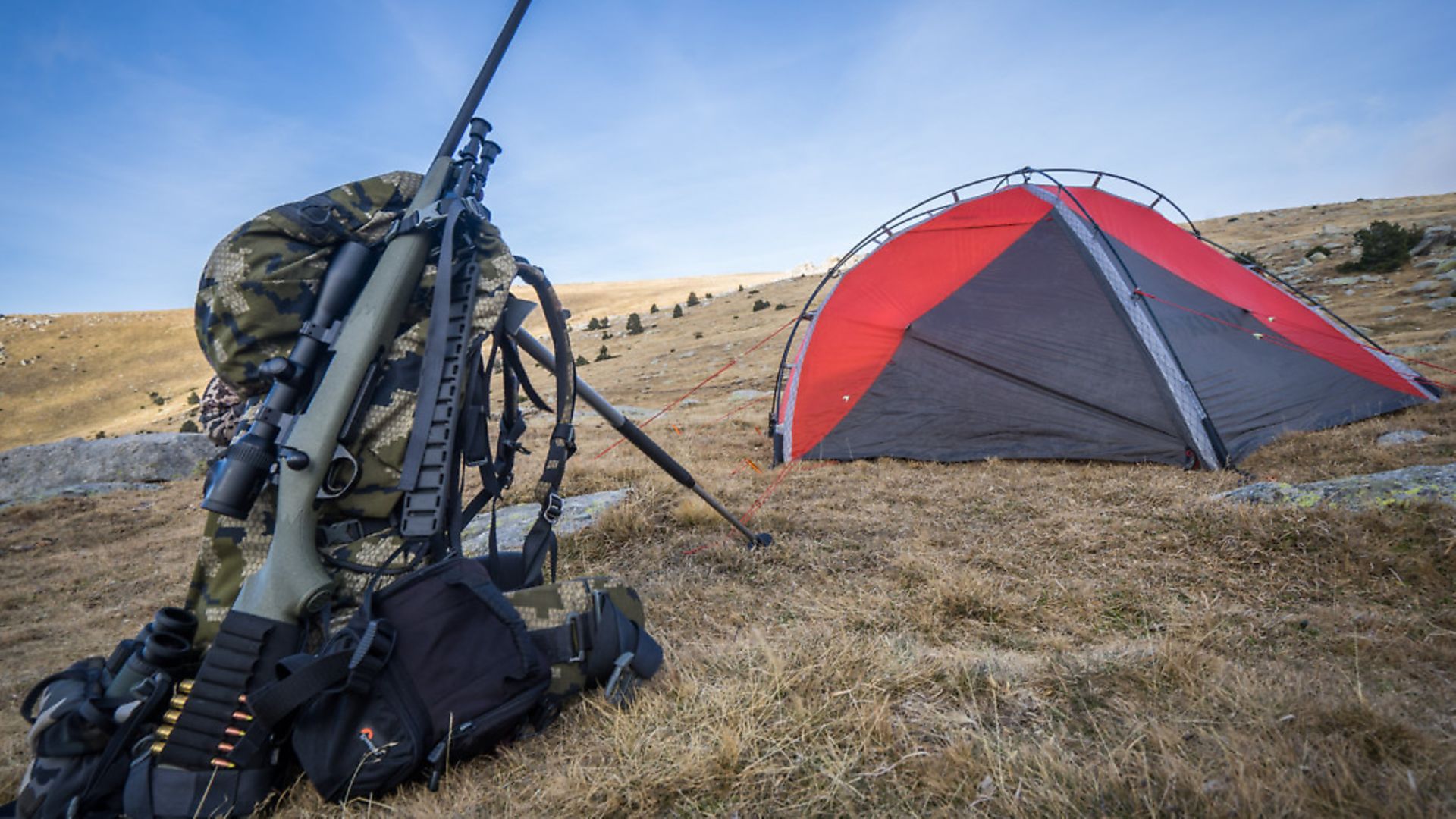 credit: Archant
credit: Archant
* Spotting scope, Swarovski ATS 65 – 1.7 kg
* Tripod, Manfrotto Carbon plus Gitzo Head – 2.5kg
* Photography equipment, Sony 7RII + 2 Objectives – 2.5kg
* Rain gear set, KUIU Chugach Jacket Plus Pant – 0.95kg
* Quixdown insulation, KUIU Superdown – 0.28kg
* Extra shirt and socks, KUIU Merino – 0.35kg
* Knives (Kestrel), fire tablets, paper, first aid, batteries, etc – 0.5kg
* Cooking station, JetBoil plus gas bottle – 0.5kg
TOTAL APPROXIMATE WEIGHT ON BACKPACK – 17.5kg
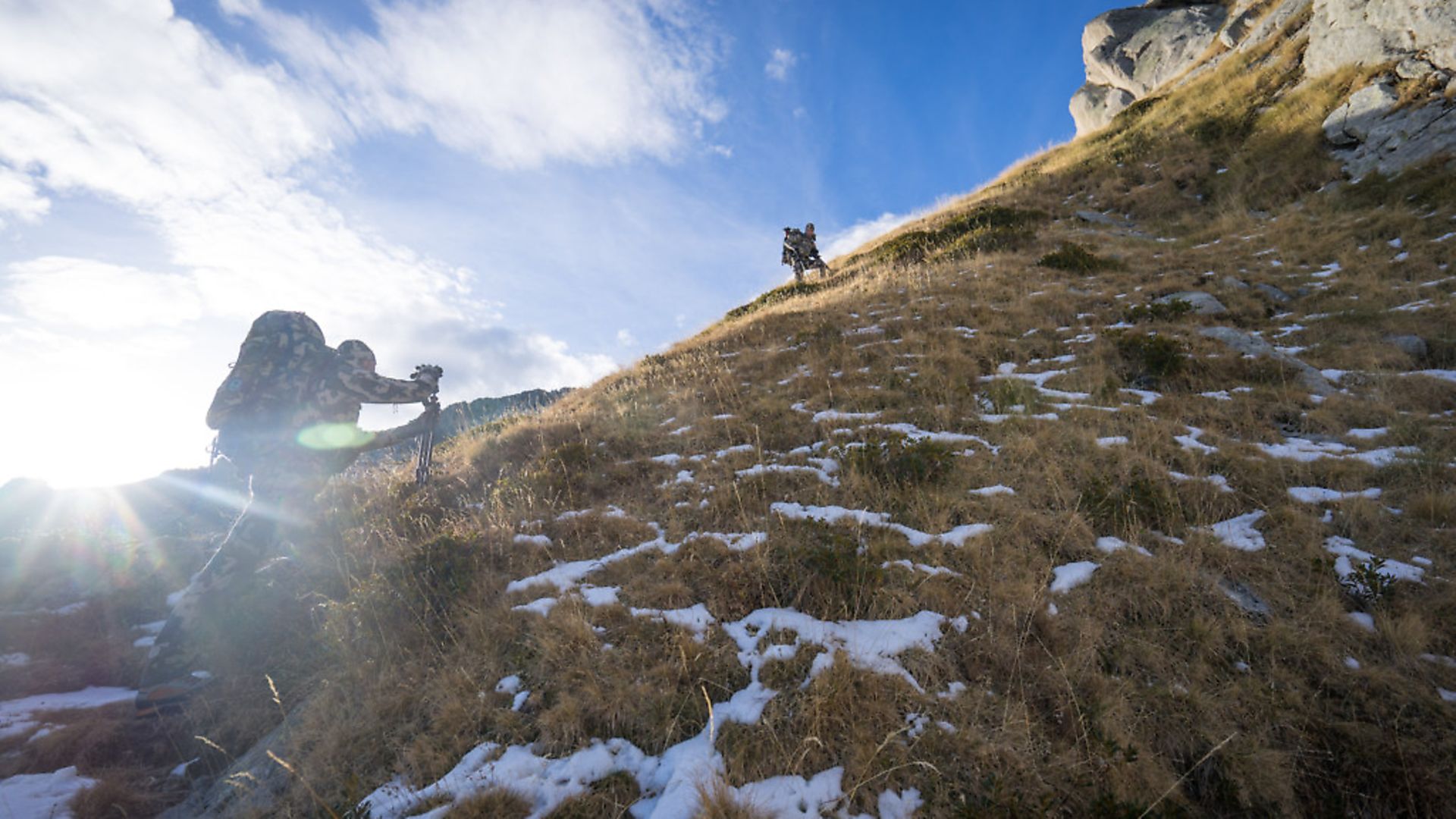 credit: Archant
credit: Archant
CARRY-ON ITEMS AND EQUIPMENT
* Rangefinder binoculars, Swarovski EL Range – 0.9kg
* Rifle, Bergara B14 Hunter 270W – 3.2kg
* Scope, Swarovski z6i 2,5-15x44 – 0.57kg
* Bipod, mount rings, and ammunition – 0.5 kg
* Piolet trekking pole, KUIU Stubai – 0.53kg
* KUIU Binocular Harness – 0.22kg
* Boots, Scarpa Charmoz Pro GTX – 0.75kg
* Gaiters, KUIU Yukon – 0.34kg
* Base layer, KUIU Merino 145 + Peloton 240 – 0.65kg
* Outer layer, KUIU Chinook Pant + Guide Jacket – 1.16kg
TOTAL APPROXIMATE CARRY ON WEIGHT – 8.8kg